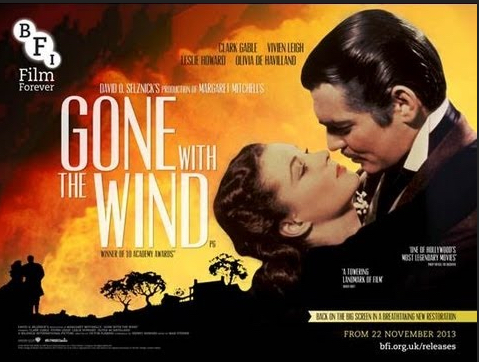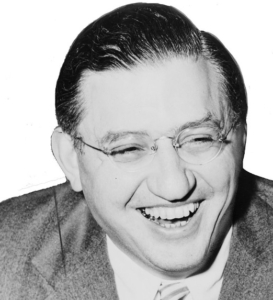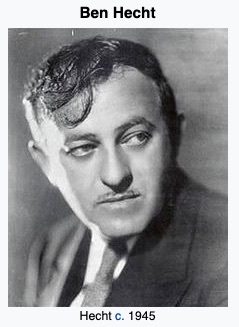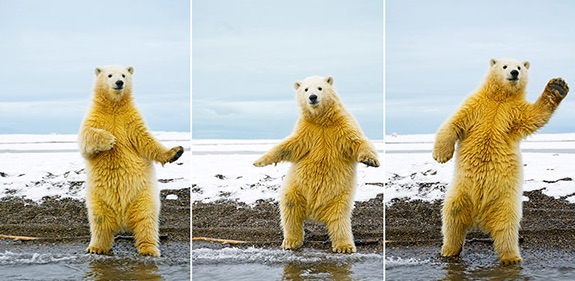The Challenge – adapting a screenplay from a successful book
The business of screenwriting is messy. What goes into the final script, who gets credit, and who gets paid almost always become contentious issues – the subject of lore and lawsuits.
When I was at CalArts, my mentor Alexander MacKendrick told me the story about how the famed writer, Ben Hecht was led through the process of writing one of many screenplay iterations of Margaret Mitchell’s Gone With the Wind, a movie that later won several academy awards and, adjusted for inflation, is still the most successful box office hit — ever!

Apparently, in 1938 the filming had already begun using a lengthy script version by Sidney Howard, who ultimately received the screen credit. Unfortunately, the script had many problems and production stalled – costing $50,000 per day. David O. Selznick, the producer, “borrowed” Ben Hecht from another studio and dictated his version of the story to him. Hecht said he hadn’t read the novel but Selznick and director Fleming could not wait for him to read it. They acted scenes based on Sidney Howard’s original script which needed to be rewritten in a hurry.


More people saw the movie than ever read Mitchell’s 600 page novel. – unfortunately, I say, because in my opinion, the book is far better, far more evocative, than what Selznek et.al came up with.
I was warned about the business of movie making early on, in my first attempts at screenplay writing. In the 80’s and 90’s I had written six “spec” scripts with a talented co-author, Allen Hurt M.D., several of which made it to the “packaging stage” – i.e., the script got a producer invested, only to be disappointed that the project didn’t come through or morphed into something else. “Don’t be surprised that your brilliant Hamlet suddenly is turned into a musical with twelve dancing polar bears” a great producer friend once advised.

“Don’t take anything personally. And don’t say it’s done until it is. And get your money up front.”
So…that leads me to UPDATE where we are right now in the Widow Walk Saga “Saga”.
- Widow Walk has now been translated into Italian and German and soon will have Spanish and Chinese versions in print
- Isthmus and The Fairness of Beasts are now translated and in print in Italian
- Widow Walk continues as one of Amazon’s top sellers, intermittently trading the Number 1 position for Northwest literature with The Boys in the Boat.
- We are now beginning the “pre-pitching” process for Widow Walk as a TV series. Thus far, after nine iterations, I have completed the pilot and second episode and we are constructing the graphics and copy for the “Look Book” and “Bible” as we prepare for meetings with the likes of HBO and Netflix.
- I decided to write the pilot and first episode myself, with the guidance of producer Wendy Kram, (Anonymous Content, LA4Hire) to set in place the story line and characters – lest they be dramatically altered by whomever ultimately acquires the property – and thereby preventing a disastrous ruination of the book series. So far there are THREE books in the series – and soon enough there will be FIVE. It would destroy the saga (and sales) if say, a producer who acquired the rights decided to materially change what happens to any of the main characters in the story.
- I am researching book 4 of the saga, have written three chapters, and know now where the story will take place.
So…to the title of this blog – what are the challenges I am facing in writing the screenplay versions of the story?
- The structure of the screenplay – how the story unfolds – has not been difficult, because I originally wrote the books as “treatments” for screenplays. The first season, if we are successful getting this up on the screen, will follow the novel closely and can be completed in six to seven episodes. So, I am 1/3rd the way already. I believe the structures of Isthmus and The Fairness of Beasts lend themselves well to the following two or three seasons.
- One critic stated that my writing exemplified mastery of “interiority”, whatever that means. I take it that she was commenting that I like to write about what “worries” my characters from inside their heads. In a screenplay you have to imply rather than denote what is going on in a character’s mind, but providing motivations that will prompt a reaction that an audience can compare to what they might do in similar circumstances. One has to accomplish that with a characters actions, reactions and to a lesser degree, with dialogue. Using “foils,” such as other characters, whose reactions etc reflect back on the hero of heroine, also helps.
- I have 40 to 55 pages to get an episode completed with enough of a fuse at the end to pull the viewer expectantly into the next episode. Widow Walk’s structure has helped me do that, fortunately.
- The production needs to be economically feasible. Irrespective of CGI, too many set locations and special effects can bust a budget. and/or scare away potential producers and investors. Thus, I have made some changes to the story settings. For example, as much as I love the scene in which Anah’s Northerners ambush the Brit marines as they attempt to land during an assault on the Haida smallpox-infested village, I decided to change it in the screenplay so that a potential producer will not have to worry about the expense of stunt professionals or full-scale models of British sailing ships.
- I do NOT want to see the heart and soul of any of my characters be changed. Thus, I will continue to control the production and attempt to create enough momentum in the first screenplays so that can’t happen
Stay tuned. More to come in later installments.
Anxiously awaiting book 4 in Widow Walk series
Thank you, Sharon. Been working on the screenplays for the TV series, currently in the “pitch” stage. about a quarter of the way through with book 4.
Gar, Every time I look at the first three on my bookshelf, I wonder about those “orphan trains” and what destination is ahead.
Em: Good to hear from you. I have written about a quarter of book 4 and have done a lot of research in prep of book 5. Right now, however, my efforts have been devoted to getting the pilot, second episode and part of the third episode plus all the other materials (treatment, “Look Book”, Sizzle videos) in front of Kevin Costner and other producers who might want to do WW as a TV series.
I will get to it.
Best always,
Gar